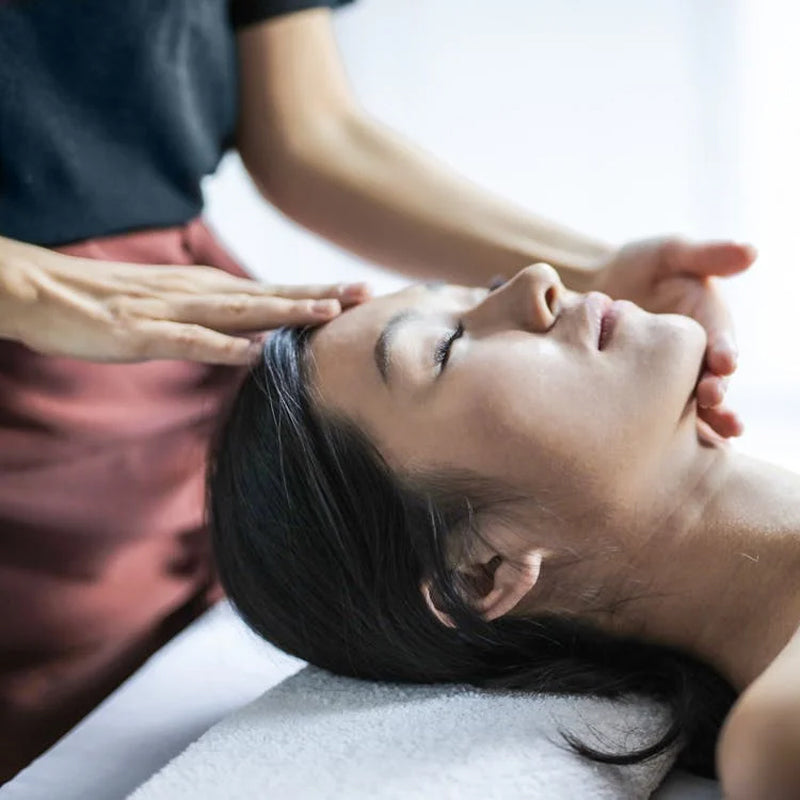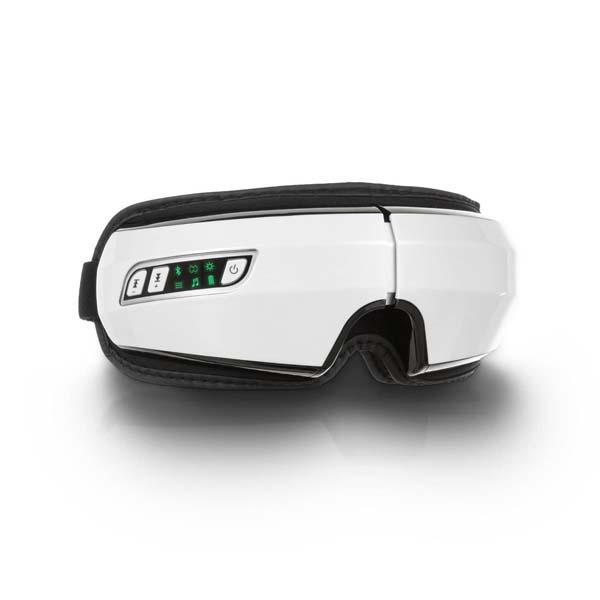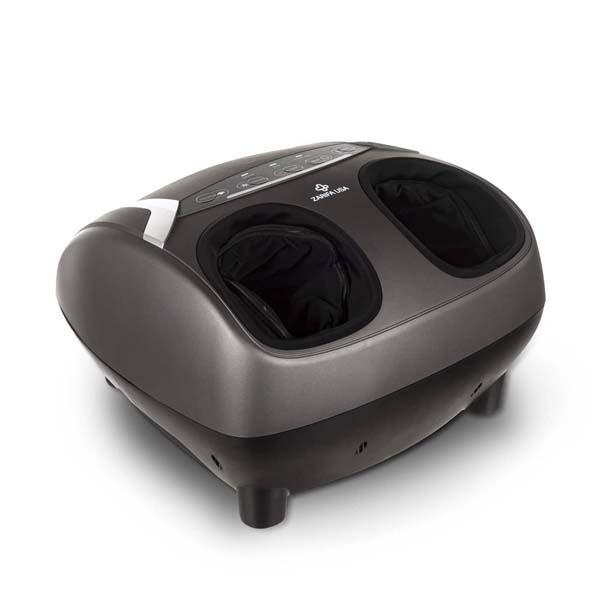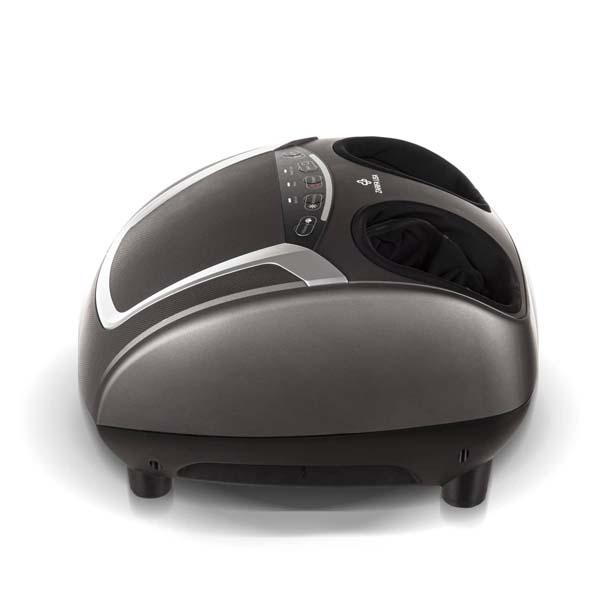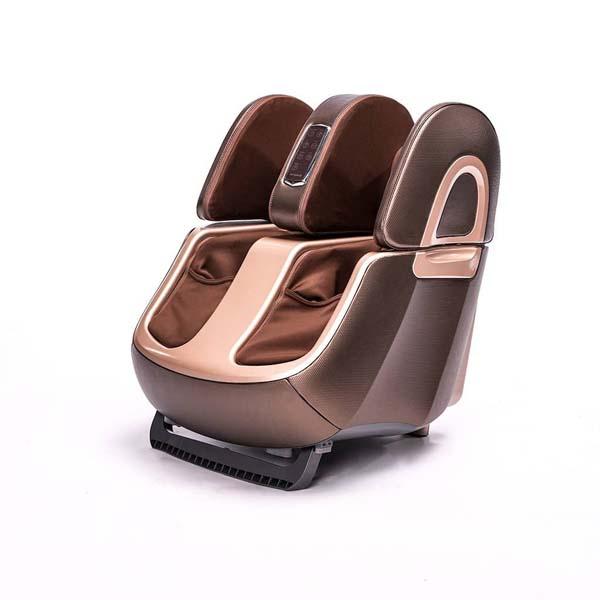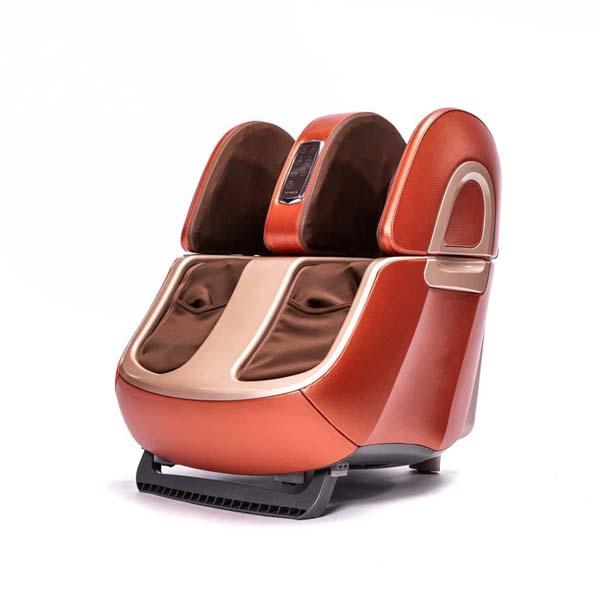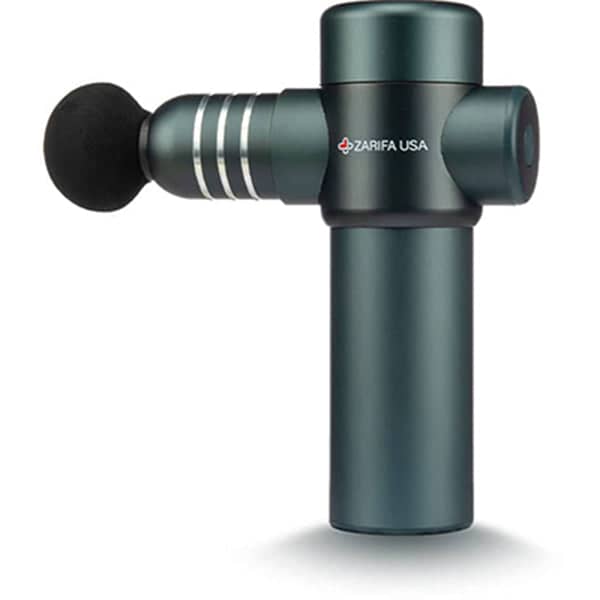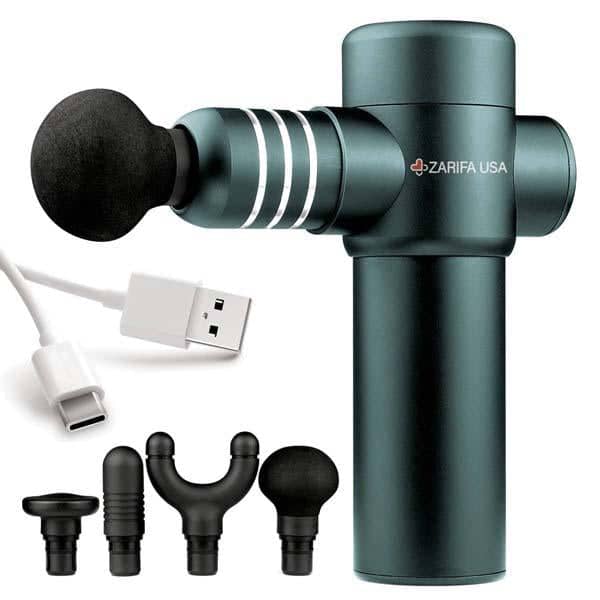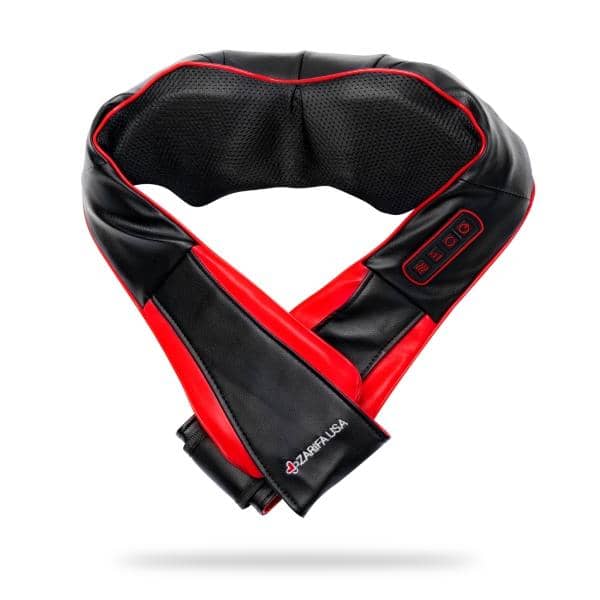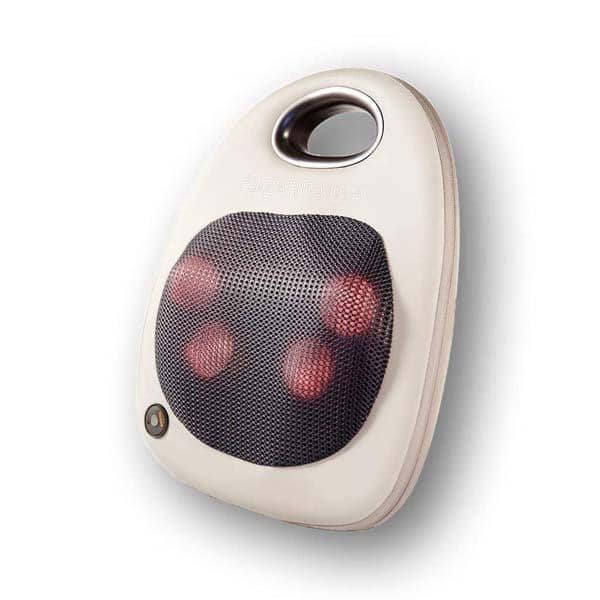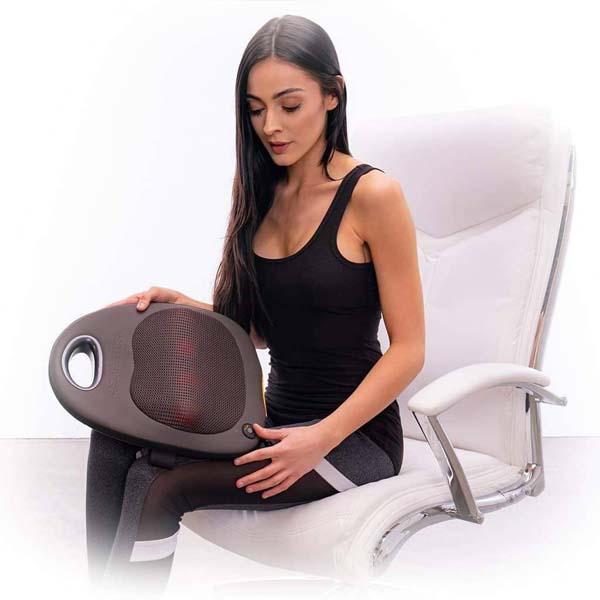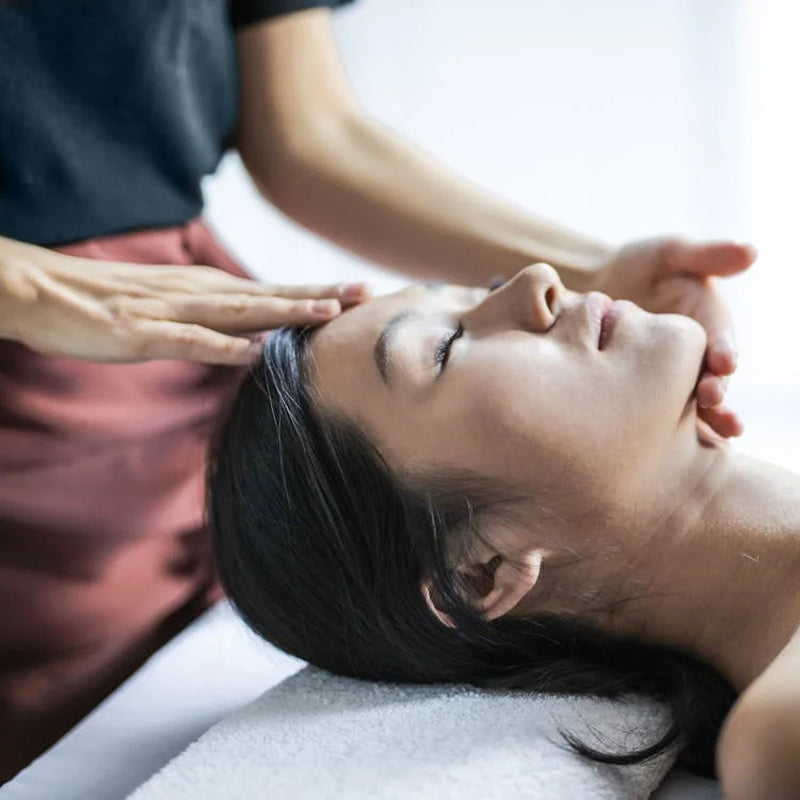Curious about what toxins are released after massage? During a massage, the body releases acids and waste products, such as lactic acid, uric acid, and creatinine from muscles into the bloodstream. These toxins are then naturally eliminated by the body. In this article, we’ll dive into how massages help with this detox process and why it’s beneficial for your health.
Key Takeaways
- Massage therapy stimulates the release of toxins like lactic acid, uric acid, and creatinine, aiding in their elimination through enhanced blood circulation and lymphatic drainage.
- Techniques such as deep tissue massage, manual lymphatic drainage, and Swedish massage are particularly effective in promoting detoxification and relieving muscle tension.
- Post-massage care, including hydration, rest, and light nutrition, is essential for maximizing the benefits of massage and ensuring effective detoxification.
How Massage Therapy Releases Toxins

Massage therapy is more than just a luxury; it’s a powerful tool for enhancing the body’s natural cleansing processes. When you receive a massage from a massage therapist, the physical stimulation helps dissolve and release toxins stored in muscles, pushing them into the bloodstream for excretion. This process is particularly effective because improved blood circulation during a massage delivers essential nutrients to tissues while eliminating waste products. Additionally, massage therapists play a crucial role in this therapeutic process.
One of the key ways massage releases toxins is by enhancing the function of the lymphatic system, which is responsible for filtering and eliminating these harmful substances. Techniques like petrissage and effleurage are specifically designed to promote venous return and optimize the elimination of toxins. These methods involve rhythmic kneading and stroking that not only relax the muscles but also stimulate the lymphatic system, aiding in the removal of metabolic waste.
Moreover, staying hydrated before and after a massage is crucial as it helps flush out the toxins mobilized during the treatment. Proper hydration supports kidney function, allowing for more efficient excretion of these toxins. Thus, through a combination of mechanical manipulation and increased fluid intake, massage therapy effectively supports the body’s detoxification processes, ensuring you leave each session feeling refreshed and revitalized.
Common Toxins Released During Massage
During a massage, several common toxins are released from the muscles into the bloodstream. These primarily include lactic acid, uric acid, and creatinine. Each of these substances accumulates in the body due to various reasons such as physical exertion, metabolic processes, and dietary factors.
Massage therapy helps in breaking down these toxic substances, promoting their elimination and thereby contributing to overall health and well-being. Let’s delve deeper into each of these toxins, starting with uric acid.
Uric Acid
Uric acid is a catabolic waste product resulting from the breakdown of purines, which are found in certain foods and beverages. When the body produces too much uric acid or fails to eliminate it efficiently, it can accumulate in the joints, leading to conditions like gout, characterized by severe pain and inflammation. Massage therapy aids in the excretion of uric acid by stimulating blood flow, which helps reduce inflammation and swelling. This process not only alleviates discomfort but also promotes joint health.
Enhanced circulation and lymphatic drainage from massage therapy support the body’s natural ability to eliminate uric acid. This is particularly beneficial for individuals suffering from gout or those at risk of developing this painful condition. Regular massages can thus be a preventive measure, ensuring that uric acid levels remain within a healthy range.
Lactic Acid
Lactic acid is a metabolic byproduct produced when glucose is broken down for energy, especially during intense physical activity. This substance tends to accumulate in muscle cells, leading to muscle fatigue and soreness. The burning sensation often felt during vigorous exercise is a direct result of lactic acid buildup. Fortunately, massage therapy can help alleviate these symptoms by facilitating the removal of lactic acid from muscle tissues.
Gentle kneading and pressure applied during a massage help to disperse lactic acid, providing relief from discomfort and promoting muscle recovery. Specifically, deep tissue massage targets lactic acid and other metabolic wastes, enhancing the body’s ability to recover from intense exercise. This makes massage an essential tool for athletes and anyone engaged in regular physical activity.
Creatine and Creatinine
Creatinine is a biological waste product formed from the normal breakdown of muscle tissue. It is typically filtered out of the blood by the kidneys and expelled from the body through urination. However, during periods of intense exercise or muscle strain, creatinine levels can rise significantly.
Massage therapy helps to increase blood flow, which in turn enhances the filtration and elimination of creatinine. By promoting better circulation, massage therapy ensures that creatinine is efficiently processed and removed from the body. This not only aids in detoxification but also supports overall muscular health, making it a valuable component of any fitness or wellness regimen.
Types of Massage Techniques That Aid Toxin Release
Several massage techniques are particularly effective in aiding the release of toxins from the body. Among these, deep tissue massage, manual lymphatic drainage, and Swedish massage stand out for their specific benefits. Each technique employs different methods to stimulate blood and lymphatic circulation, reduce muscle tension, and promote overall detoxification.
Let’s explore how these techniques work to enhance the body’s natural cleansing processes.
Deep Tissue Massage
Deep tissue massage is known for its ability to break down lactic and uric acids, releasing them into the bloodstream for excretion. This technique involves applying direct pressure across the grain of the muscles to affect deeper layers of muscle tissue. It is particularly effective for treating chronic pain, muscle spasms, and conditions like osteoarthritis and carpal tunnel syndrome.
Releasing muscle knots and improving circulation through deep tissue massage aids eases discomfort and enhances the body’s detoxification ability. This makes it a powerful tool for those dealing with chronic pain or recovering from intense physical activity. The benefits of deep tissue massage extend beyond mere relaxation, offering substantial therapeutic advantages.
Manual Lymphatic Drainage
Manual lymphatic drainage is a specialized technique. Its purpose is to treat swollen lymph nodes and enhance blood flow to the heart. This method involves gentle skin stretching to move lymphatic fluids, starting with the unaffected areas before addressing the swollen regions. Enhanced lymphatic circulation from this technique aids in efficient toxin removal and supports the immune system.
Therapists focus on improving lymph circulation, thereby facilitating the body’s natural detoxification processes. Manual lymphatic drainage is particularly beneficial for individuals with compromised lymphatic systems or those recovering from surgery. Its gentle, non-invasive approach makes it suitable for a wide range of clients.
Swedish Massage
Swedish massage is renowned for its long, flowing strokes that promote relaxation and assist in flushing out toxins. Techniques used in Swedish massage include long kneading strokes, rhythmic tapping, and joint movements, all of which work together to reduce muscle toxins and enhance relaxation. This type of massage also lowers cortisol levels, contributing to reduced stress and a sense of well-being.
The benefits of Swedish massage extend beyond immediate relaxation. Improved circulation and metabolic waste removal support the body’s overall detoxification processes. This makes it an excellent choice for anyone seeking both therapeutic and psychological benefits from their massage sessions.
Benefits of Releasing Toxins Through Massage

The health benefits of releasing toxins through massage are numerous. Enhanced blood circulation, muscle pain relief, and stress reduction are just a few of the advantages. Regular massage sessions support the body’s natural detoxification processes, leading to improved overall health and well-being.
Let’s explore these benefits in more detail.
Enhanced Blood Circulation
Blood circulation is a vital component of the body’s detoxification system. Good blood circulation facilitates nutrient transport and waste removal, ensuring tissues receive nourishment while eliminating harmful substances.
Massage therapy stimulates blood flow by relaxing muscles and promoting lymphatic drainage, which enhances the overall circulatory system. Increased blood circulation during a massage helps expedite the elimination of uric acid, lactic acid, and creatinine, all of which are waste products in the body. This not only aids in detoxification but also contributes to better muscle recovery and overall health.
Muscle Pain Relief
Massage therapy is very effective for easing muscle soreness. It also helps in promoting recovery. Restoring muscle integrity and reducing tension through massages significantly decreases discomfort and supports healing. Techniques like deep tissue massage and Swedish massage are particularly beneficial for those experiencing chronic pain or muscle tightness.
Regular massages can help prevent the buildup of metabolic waste products, thereby reducing the risk of muscle pain and soreness. This makes massage therapy an essential component of any pain management or recovery plan.
Stress Reduction
Stress reduction is one of the primary benefits of massage therapy. Cortisol, known as the stress hormone, can be significantly reduced through regular massages, leading to improved mental health and reduced anxiety. Massage also promotes the release of hormones like adrenaline and histamines, which contribute to relaxation.
The psychological benefits of massage therapy include improved mood, decreased anxiety, and reduced symptoms of depression. Lowering stress hormones and promoting relaxation through massage therapy supports both mental and physical well-being.
Proper Post-Massage Care

Proper post-massage care is essential to maximize the benefits of the massage and ensure effective toxin elimination. Hydration, rest, and light nutrition are key components of post-massage care.
Let’s delve into these aspects to understand how they support the body’s natural cleansing processes.
Hydration
Hydration is crucial after a massage to maintain proper bodily functions and overall health. Drinking water aids in the removal of body toxins. It does so through urine and perspiration. It is the most important post-massage care instruction, ensuring that the kidneys function efficiently and that toxins are expelled.
Adequate hydration supports not only detoxification but also overall well-being. It helps to prevent post-massage soreness and maintains the body’s balance, making it an essential part of any post-massage routine.
Rest and Recovery
Resting after a massage gives your body time to recover and integrate the benefits of the treatment. It is recommended to take a warm bath and avoid strenuous activities immediately after a massage to prevent injury and aid in recovery. Light stretching can also help alleviate muscle tightness and enhance relaxation.
Allowing your body to rest ensures the full realization of the massage benefits. This period of recovery is crucial for maintaining the positive effects of the massage and supporting overall health.
Light Nutrition
After a massage, consuming light snacks such as fruits and nuts can provide the necessary nutrients needed for quick recovery and energy replenishment. Heavy meals should be avoided as they can strain the digestive system and counteract the benefits of the massage. Light snacks support the body’s natural cleansing processes and help maintain energy levels.
Proper nutrition after a massage aids in overall recovery and supports the body’s detoxification efforts. Choosing healthy, light snacks enhances the benefits of your massage session and promotes long-term well-being.
Summary
In conclusion, massage therapy plays a significant role in detoxifying the body by releasing built-up toxins and enhancing the body’s natural cleansing processes. Techniques like deep tissue massage, manual lymphatic drainage, and Swedish massage are particularly effective in promoting toxin release and supporting overall health. Proper post-massage care, including hydration, rest, and light nutrition, is essential to maximize these benefits and ensure effective toxin elimination.
By understanding the science behind how massage therapy releases toxins and following the recommended post-massage care tips, you can enhance your overall well-being and enjoy the numerous health benefits of regular massage sessions. Embrace the therapeutic power of massage and make it a regular part of your wellness routine.
Frequently Asked Questions
What toxins are commonly released during a massage?
Massage commonly releases toxins such as lactic acid, uric acid, and creatinine, which accumulate from physical exertion and metabolic processes. This process can help enhance your overall well-being by facilitating the removal of these accumulated substances.
How does massage therapy help in releasing toxins?
Massage therapy effectively aids in releasing toxins by promoting improved blood and lymphatic circulation, which facilitates their filtration and expulsion from the body. Consequently, this therapeutic practice supports overall health and well-being.
What types of massage techniques are best for toxin release?
Deep tissue massage, manual lymphatic drainage, and Swedish massage are the most effective techniques for promoting toxin release, as they enhance circulation and aid in detoxification. Consider incorporating these methods into your wellness routine for optimal benefits.
Why is hydration important after a massage?
Hydration is essential after a massage as it aids in flushing out toxins released during the session and supports kidney function for effective elimination. Ensuring adequate water intake promotes overall recovery and wellness.
What should I do to care for my body after a massage?
To care for your body after a massage, it is essential to stay hydrated, rest, avoid strenuous activities, and consume light snacks to aid recovery. These practices will enhance the benefits of your massage experience.

